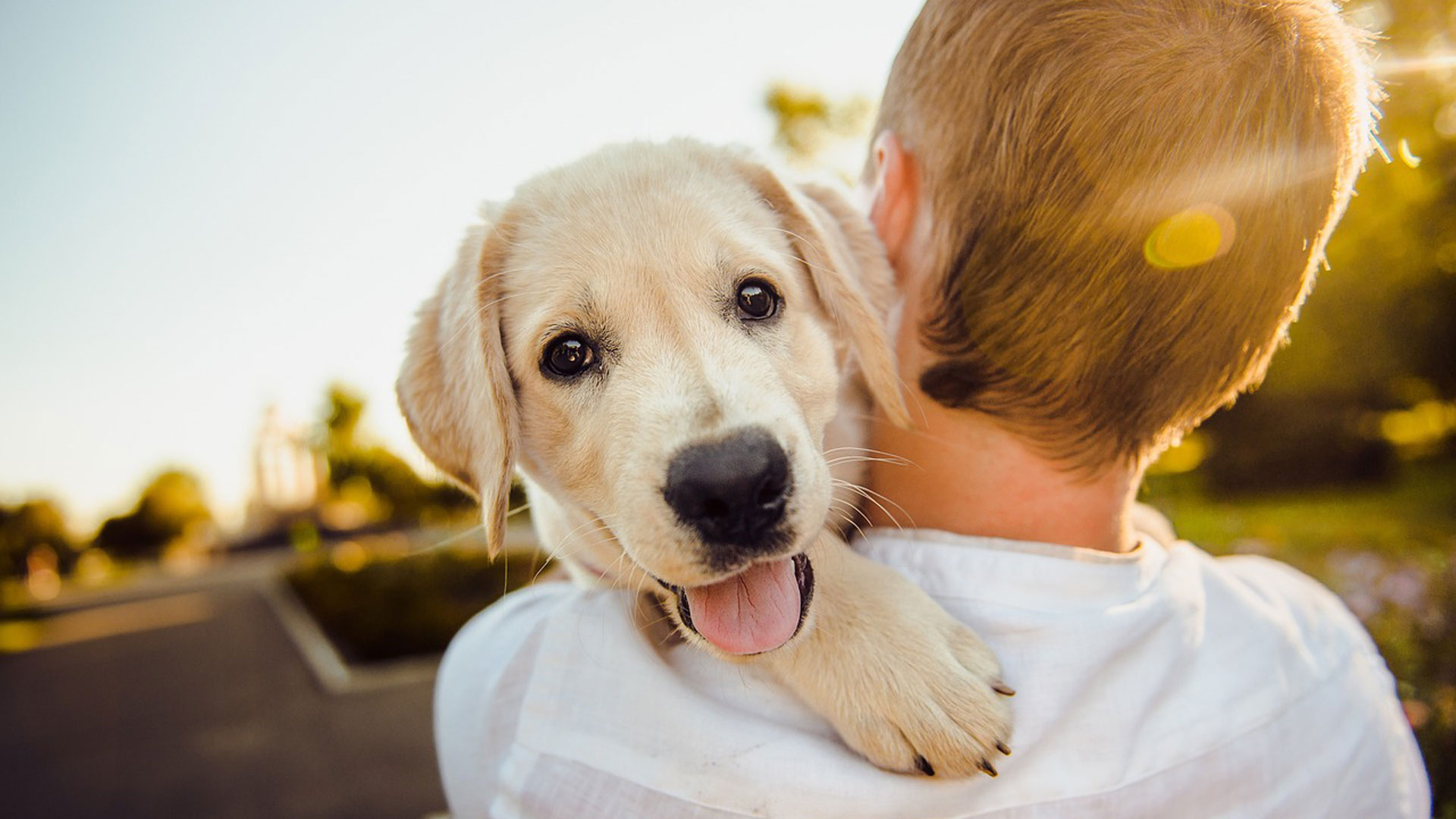As the seasons change, so do the challenges for keeping your pet safe and healthy. Different weather conditions, temperature fluctuations, and even seasonal allergies can affect your furry friends. By being proactive and making a few adjustments, you can ensure your pet stays comfortable and safe throughout the year. Here are some essential tips to help your pet during seasonal changes.
1. Preparing for Winter
Winter can be harsh on pets, especially those that are sensitive to cold weather. Here’s how to protect your pets during the colder months:
- Keep them warm: For pets that spend time outdoors, make sure they have a warm, sheltered place. Consider getting them a pet-friendly jacket or sweater, especially for short-haired breeds or smaller animals.
- Limit outdoor time: Frostbite and hypothermia are real risks during extreme cold. Avoid leaving pets outside for extended periods, and always dry them off after being in the snow.
- Watch out for salt and ice: Salt and de-icing products can be harmful to pets’ paws. Consider using pet-safe ice melts and always wipe your pet’s paws after walks to prevent irritation or ingestion of harmful chemicals.
- Mind the antifreeze: Antifreeze has a sweet taste but is extremely toxic to pets. Ensure your pets don’t have access to areas where antifreeze is stored or spilled.
2. Managing Spring Allergies
Spring is a time of renewal, but it can also bring on allergies for both you and your pets. Common allergens like pollen, mold, and grass can cause itching, sneezing, and other symptoms in pets. Here’s how to help them cope:
- Bathe them regularly: Bathing your pet with hypoallergenic shampoos can reduce pollen buildup on their skin and fur. Wipe down their paws after walks to avoid tracking allergens into the house.
- Use flea and tick preventatives: As the weather warms up, flea and tick populations increase. Be sure to use a vet-recommended flea and tick preventative to protect your pet from these pests and the diseases they carry.
- Control allergens indoors: Use air purifiers and keep windows closed during high pollen days. Vacuum frequently and wash your pet’s bedding to keep allergens to a minimum.
3. Protecting Pets in the Summer Heat
The summer sun can be dangerous for pets, especially when temperatures soar. Here are some ways to keep your pet safe during the hottest time of the year:
- Hydration is key: Always provide fresh, clean water for your pet, and bring extra water with you when heading outdoors. Dehydration can happen quickly, especially in hot weather.
- Avoid overheating: Never leave your pet in a parked car, even for a short time. Temperatures can rise to deadly levels within minutes. Additionally, limit walks and outdoor play during peak heat hours, opting for early mornings or evenings instead.
- Protect their paws: Hot pavement can burn your pet’s paws. Walk them on grass or shaded paths, and consider using booties to protect their feet.
- Watch for signs of heatstroke: Heavy panting, drooling, weakness, and vomiting are signs of heatstroke in pets. If your pet shows any of these symptoms, move them to a cool place, offer water, and contact your vet immediately.
4. Autumn Safety Tips
Fall brings cooler weather and festive activities, but it also presents its own set of risks for pets. Here’s how to navigate the fall season safely:
- Be mindful of Halloween hazards: Halloween decorations, costumes, and candies can be hazardous to pets. Keep chocolate and other toxic treats out of reach, and ensure your pet’s costume is comfortable and doesn’t restrict movement or breathing.
- Watch out for seasonal plants: Some autumn plants, like chrysanthemums and acorns, can be toxic to pets. Keep an eye on what your pet is ingesting during outdoor walks or in the garden.
- Check for ticks: While summer is peak tick season, ticks can still be active in the fall, especially in wooded areas. Continue using flea and tick preventatives, and check your pet’s fur after outdoor adventures.
5. Adjusting Diet and Exercise
Seasonal changes can also impact your pet’s dietary and exercise needs:
- Winter weight management: Pets tend to be less active in winter, which can lead to weight gain. Monitor their food intake and provide indoor exercise to keep them healthy.
- Spring and summer activity: Warmer weather usually means more outdoor activities. Ensure your pet is physically ready for the increased exercise, and don’t overdo it, especially during the heat.
- Dietary adjustments: Some pets may need extra calories during winter for warmth, while others may require lighter meals in the summer when they’re less active. Consult your vet to ensure your pet’s diet aligns with seasonal needs.
Conclusion
Seasonal changes bring new challenges, but with a bit of preparation, you can keep your pet safe and healthy year-round. By adjusting their routine to suit the weather and being vigilant about potential risks, your pet will be able to enjoy every season comfortably and safely. Whether it’s braving the cold, avoiding allergens, or staying cool in the heat, these tips will help you care for your pet no matter the time of year.




